Dried shiitake mushrooms are nutritional powerhouses that have been valued in Asian cuisines for centuries. These remarkable fungi not only add a deep umami flavor to dishes but also pack an impressive array of health benefits that make them worth incorporating into your daily diet. With their rich history in traditional medicine and culinary applications, dried shiitake mushrooms deserve a prominent place in your pantry. In this comprehensive guide, we'll explore everything you need to know about dried shiitake mushrooms, from their impressive health benefits to practical cooking techniques and delicious recipes.
What Are Dried Shiitake Mushrooms?
Shiitake mushrooms (Lentinula edodes) are native to East Asia, particularly China, Japan, and Korea, where they've been cultivated for over 1,000 years. These mushrooms have large caps measuring 2 to 5 inches wide, and they vary in color from light to chocolate brown, providing an attractive contrast with their pale cream underside. While fresh shiitake mushrooms are increasingly available in supermarkets worldwide, dried shiitake mushrooms offer unique advantages in terms of flavor concentration, shelf life, and nutritional benefits.
The drying process intensifies the flavor profile of shiitake mushrooms, creating a more pronounced earthy, smoky, and umami taste that can't be matched by their fresh counterparts. As one culinary expert notes, dried shiitake mushrooms have a "more concentrated earthy, woodsy, umami flavor than fresh ones. They are chewy silky, more meaty than fresh mushrooms."

Nutritional Profile of Dried Shiitake Mushrooms
Dried shiitake mushrooms are nutritional powerhouses, offering an impressive array of vitamins, minerals, and bioactive compounds. They're particularly notable for being low in calories while high in fiber, making them an excellent addition to a balanced diet.
Key Nutrients in Dried Shiitake Mushrooms:
-
Protein: Shiitake mushrooms contain all nine essential amino acids, making them a complete protein source—especially valuable for plant-based diets.
-
Vitamins: Shiitake mushrooms have higher concentrations of vitamins such as pro-vitamin D2, vitamin B1, B2, B6, B12, and niacin. This makes them particularly valuable for supporting energy metabolism and nervous system function.
-
Minerals: Shiitake mushrooms have one of the highest amounts of natural copper, a mineral that supports healthy blood vessels, bones, and immune support. In fact, 1/2 cup of shiitake mushrooms gives you 72 percent of your daily recommended intake of this mineral. The mushrooms are also a rich source of selenium, providing 33 percent of your daily recommended intake.
-
Fiber: The high fiber content in dried shiitake mushrooms supports digestive health and helps maintain healthy cholesterol levels.
-
Bioactive Compounds: Shiitake mushrooms also boast polysaccharides, terpenoids, sterols, and lipids, some of which have immune-boosting, cholesterol-lowering, and anticancer effects.
Health Benefits of Dried Shiitake Mushrooms
The health benefits of dried shiitake mushrooms extend far beyond basic nutrition. Research continues to uncover the many ways these powerful fungi can support overall health and well-being.
1. Immune System Support
Shiitake mushrooms are renowned for their immune-boosting properties. They contain lentinan, a compound that has been shown to enhance the immune system's response and improve the efficacy of certain treatments. A University of Florida study found that consuming dried shiitake mushrooms daily can significantly boost immunity.
The research showed remarkable results: γδ-T cell proliferation increased by 60%, and NK-T cell proliferation doubled when participants consumed 5g of dried shiitake mushrooms daily. Additionally, activation of these immune cells increased by 41% and 370% respectively.
2. Heart Health Support
Shiitake mushrooms contain eritadenine, a compound known to reduce cholesterol levels in the blood. They also contain beta-glucans that reduce inflammation and help prevent the buildup of plaque in arteries.
Multiple studies have demonstrated that regular consumption of shiitake mushrooms may help maintain healthy cholesterol levels and support cardiovascular function. The fiber content in these mushrooms also contributes to their heart-healthy profile.
3. Antioxidant Properties
Shiitake mushrooms contain powerful antioxidants that become even more effective during digestion. Studies have shown that shiitake mushrooms release a substantial amount of antioxidants during digestion, helping to reduce oxidative stress in the body.
By combating free radicals, these antioxidants help protect cells from damage and may play a role in reducing the risk of chronic diseases associated with oxidative stress.
4. Cancer-Fighting Potential
Research suggests that compounds in shiitake mushrooms may have anti-cancer properties. Lentinan, found in shiitake, has been shown to boost the immune system's response to tumors and improve the efficacy of cancer treatments. Studies demonstrate that lentinan, when combined with traditional cancer drugs, can enhance patient outcomes by shrinking tumors more effectively and reducing treatment side effects.
5. Supporting Bone Health
The vitamin D content in shiitake mushrooms, especially when they've been exposed to sunlight, makes them valuable for bone health. Under optimal UV exposure, vitamin D concentrations in dried shiitake mushrooms can increase from less than 1 mcg to approximately 40.42 mcg/g dry weight.
This is particularly important given that vitamin D is essential for calcium absorption and bone strength, and many people worldwide suffer from vitamin D deficiency.

Comparing Fresh vs. Dried Shiitake Mushrooms
While both fresh and dried shiitake mushrooms offer health benefits, there are significant differences between them that may influence your choice depending on the specific culinary application.
Flavor Profile
- Fresh Shiitake: Fresh shiitake mushrooms have a silky, creamy, delicate flavor. They're often thin-capped at the supermarket, which translates into light flavor.
- Dried Shiitake: Dried shiitake mushrooms have an intense smoky flavor and a meaty texture, which enhance the flavor of soups, stir-fries, and simmered dishes. Compared to fresh mushrooms, the dried ones are known for their concentrated and pronounced flavor.
Nutritional Differences
Similar to other dried foods, the drying process concentrates the nutritional profile of shiitake mushrooms. Dried shiitake is much higher in vitamin D, folic acid, biotin, lenthionine, and guanylic acid (umami) than fresh shiitake mushrooms.
Culinary Uses
- Fresh Shiitake: Best for quick-cooking methods like stir-frying and sautéing where a lighter flavor is desired.
- Dried Shiitake: Ideal for dishes that benefit from intense umami flavor, such as soups, broths, stews, and slow-cooked dishes.
Shelf Life
- Fresh Shiitake: Typically lasts only 5-7 days in the refrigerator.
- Dried Shiitake: Dried mushrooms can last for years if they are stored in a dry place. Putting them in the refrigerator is an option as well.
Interestingly, many chefs actually prefer dried shiitake mushrooms for certain applications due to their concentrated flavor. Both fresh and dried shiitake mushrooms have the same health benefits. This means you can choose based on your culinary needs without sacrificing nutritional value.
How to Select and Store Dried Shiitake Mushrooms
Choosing high-quality dried shiitake mushrooms and storing them properly ensures you'll get the most flavor and nutritional benefits from this culinary staple.
Selecting Quality Dried Shiitake Mushrooms
When shopping for dried shiitake mushrooms, look for:
- Thickness: Thicker caps generally indicate higher quality and better flavor.
- Cracking Pattern: The mushrooms called flower mushrooms have cracks on the cap that look like a blooming flower pattern. These are considered to have the best flavor and be the highest quality.
- Color: Look for mushrooms with a uniform light to medium brown color.
- Aroma: Quality dried shiitake should have a pleasant, earthy aroma, not a musty smell.
In Japanese culinary tradition, there are three types of dried shiitake mushrooms:
- Donko (冬菇) – Thick, dome (umbrella) shaped cap. The prized ones are a light brown color and have a beautiful pattern.
- Kouko (香菇) – Not as thick and curved as Donko, between Donko and Koshin.
- Koshin (香信) – Flat, not dome (umbrella) shaped.
Among these, Donko is considered the highest quality and most flavorful, though it may also be the most expensive.
Proper Storage
To maintain the quality and extend the shelf life of your dried shiitake mushrooms:
Like most dried goods, dried shiitake mushrooms should be sealed in a plastic or airtight container and stored in a dry, cool place. Avoid humidity and direct sunlight.
For longer storage or in humid environments, keeping dried shiitake mushrooms in a sealed container in the refrigerator is also an excellent option. When stored properly, dried shiitake mushrooms can maintain their quality for up to a year or even longer.
How to Rehydrate Dried Shiitake Mushrooms
Properly rehydrating dried shiitake mushrooms is crucial for extracting their full flavor and achieving the best texture. Here's the ideal method:
Cold Water Method (Recommended)
Rehydrate by soaking the mushrooms in cold water for half a day or overnight in the refrigerator. While it may be tempting to use boiling water or boil them to speed up the process, hot water will dissolve the guanylic acid, the delicious umami flavors.
For the best results:
- Rinse the dried mushrooms briefly under running water to remove any dust.
- Place them in a bowl and cover completely with cold water.
- Place a small dish or plate on top of the mushrooms to ensure they're fully submerged.
- Cover the container and refrigerate for 8-12 hours or overnight.
- The mushrooms will expand significantly, so make sure your container is large enough.
Quick Method (When Time is Limited)
If you're short on time:
- Place the dried mushrooms in a heatproof bowl.
- Add really hot or even boiling water to cover it by a few inches. Let the mushrooms sit for at least 20 minutes until the caps are tender.
- While this method works in a pinch, be aware that it may result in less flavorful mushrooms compared to the cold-water method.
Don't Waste the Soaking Liquid!
The best part about these dried mushrooms? Since you have to rehydrate them in hot water before they can be used, the mushroom soaking liquid that you're left with is a tasty bonus ingredient! Don't waste that liquid — use it in the place of chicken broth or as the base of a sauce.
To remove any grit from the soaking liquid:
- Strain the mushroom broth through a fine mesh or paper towels to remove the grit.
- Store the strained liquid in an airtight container in the refrigerator for up to 5 days, or freeze it for future use.
Preparing Rehydrated Mushrooms for Cooking
After rehydrating:
- When the mushrooms are tender, pluck them out and squeeze out the excess water with your hands. Trim off and discard the tough stems, and the caps are ready to cook.
- Slice the caps according to your recipe's requirements. Thicker slices will retain more of the chewy texture that makes shiitake mushrooms so satisfying.
Cooking with Dried Shiitake Mushrooms
Dried shiitake mushrooms are incredibly versatile and can be used in countless dishes across various cuisines. Here are some of the most popular ways to incorporate them into your cooking:
Soups and Broths
The intense umami flavor of dried shiitake mushrooms makes them perfect for enhancing soups and broths:
- Miso Soup: Add rehydrated shiitake slices to traditional Japanese miso soup for extra depth.
- Vegetable Broth: Use both the rehydrated mushrooms and their soaking liquid to create a rich vegetable broth that rivals meat-based stocks.
- Hot and Sour Soup: Shiitake mushrooms are a traditional ingredient in Chinese hot and sour soup, adding texture and flavor.
Stir-Fries and Sautés
Thin strips of rehydrated shiitake might take around 8-10 minutes to sauté on the stovetop. The mushrooms will start to look slightly translucent, and you might see little beads of liquid on their surface (like they're sweating). This indicates they're releasing their flavors and are perfectly cooked.
Try adding shiitake mushrooms to:
- Vegetable stir-fries with snap peas, bell peppers, and carrots
- Tofu and shiitake stir-fry with garlic sauce
- Sautéed shiitake with butter and thyme as a simple side dish
Rice and Noodle Dishes
Shiitake mushrooms pair beautifully with grains and noodles:
- Japanese takikomi gohan (mixed rice)
- Chinese lo mein with shiitake and vegetables
- Risotto with shiitake mushrooms and parmesan
Creative Recipe Ideas
For more adventurous cooks, try these innovative ways to use dried shiitake mushrooms:
Crispy & Chewy Sesame Shiitake
For a delicious appetizer or main dish component, try coating rehydrated shiitake slices in cornstarch and frying them until lightly golden. Then toss them in a sticky sweet and spicy sauce for a dish that's "crispy on the outside, super chewy and juicy on the inside."
Shiitake Mushroom Powder
Grind dried shiitake mushrooms into a powder using a spice grinder or food processor. This umami-rich powder can be added to:
- Soups and stews for depth
- Dry rubs for meats and vegetables
- Homemade spice blends for an umami boost
Vegan Shiitake "Bacon"
Thinly slice rehydrated shiitake caps and toss with olive oil, soy sauce, maple syrup, and smoked paprika. Bake until crispy for a delicious plant-based bacon alternative.

Common Questions About Dried Shiitake Mushrooms
How long do dried shiitake mushrooms last?
Dried mushrooms should be stored in a cool dry place, in a Tupperware or glass container. Since many homes tend to be very humid, storing them in the refrigerator is often recommended. When stored properly, dried shiitake mushrooms can last for up to 3 years from their packaged date.
Can I substitute dried shiitake for fresh in recipes?
Yes, but remember that dried shiitake mushrooms have a more intense flavor. The general rule for substituting dried shiitakes for fresh is a 1:5 ratio. For instance, if a recipe calls for 20 grams of dried shiitake before reconstitution, you would need about 100 grams of fresh shiitake mushrooms.
Are there any side effects or precautions when consuming shiitake mushrooms?
Most people can consume shiitake mushrooms without any issues. However, some individuals may experience shiitake dermatitis, a reaction that causes skin inflammation after consuming raw or undercooked shiitake mushrooms. Shiitake skin dermatitis feels itchy and uncomfortable, but it typically disappears in one to two weeks. Cooking the shiitake mushrooms avoids this reaction but may reduce some health benefits.
Can I eat shiitake mushrooms raw?
It's not recommended to eat shiitake mushrooms raw. Once your shiitake mushrooms are nicely rehydrated, they need to be cooked to bring out their best flavors and textures. Cooking also helps eliminate any potential irritants that could cause shiitake dermatitis.
Incorporating Dried Shiitake Mushrooms Into Your Daily Diet
Given their impressive health benefits and versatile culinary applications, dried shiitake mushrooms are worth incorporating into your regular meal rotation. Here are some practical tips for adding them to your daily diet:
Start with Small Amounts
If you're new to shiitake mushrooms, begin by adding small amounts to familiar dishes like soups, stews, or stir-fries. Their distinctive flavor can be quite pronounced, so you may want to introduce them gradually.
Meal Prep with Shiitake
Save time by rehydrating a batch of dried shiitake mushrooms at the beginning of the week. Store the rehydrated mushrooms in an airtight container in the refrigerator and use them throughout the week in various dishes.
Create a Mushroom Rotation
For maximum nutritional benefits, incorporate a variety of mushrooms into your diet. Alternate between shiitake, maitake, oyster, and other varieties to benefit from their unique nutritional profiles.
Supplement with Shiitake Powder
For an easy daily boost, consider using shiitake mushroom powder as a supplement. Research suggests that eating just 5g of dried shiitake mushrooms daily may boost immunity and reduce inflammation, with no significant difference between 5g and 10g doses in terms of benefits.
Conclusion
Dried shiitake mushrooms are truly remarkable fungi that offer an impressive array of health benefits and culinary possibilities. From their immune-boosting properties to their heart-healthy compounds and cancer-fighting potential, these mushrooms deserve a regular place in your diet. Their intense umami flavor and meaty texture make them a versatile ingredient that can enhance countless dishes across various cuisines.
By selecting high-quality dried shiitake mushrooms, storing them properly, and mastering the art of rehydration, you can unlock their full flavor and nutritional potential. Whether you're an experienced chef or a curious home cook, dried shiitake mushrooms offer an accessible way to elevate your cooking while supporting your health and well-being.
Start incorporating these powerful mushrooms into your meals today, and discover the many ways they can enhance both your culinary creations and your overall health. Your taste buds—and your body—will thank you!

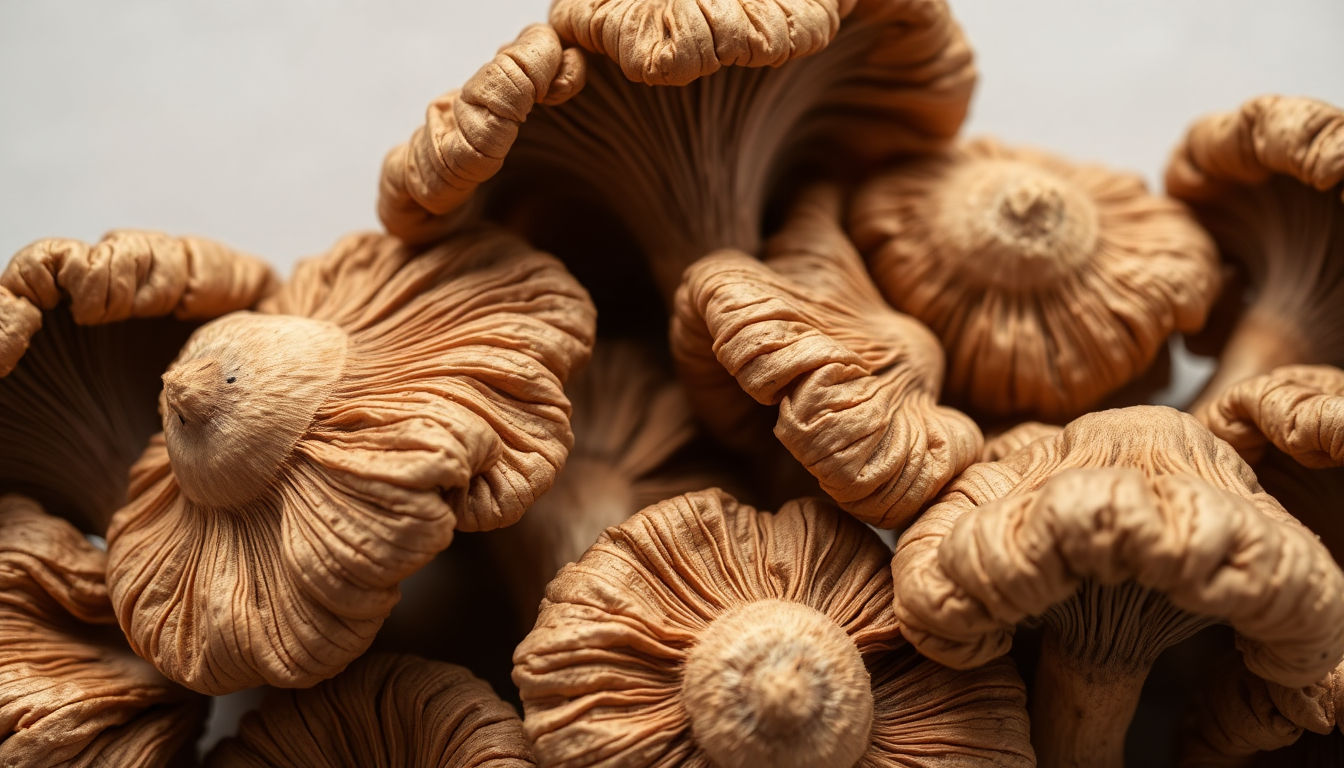
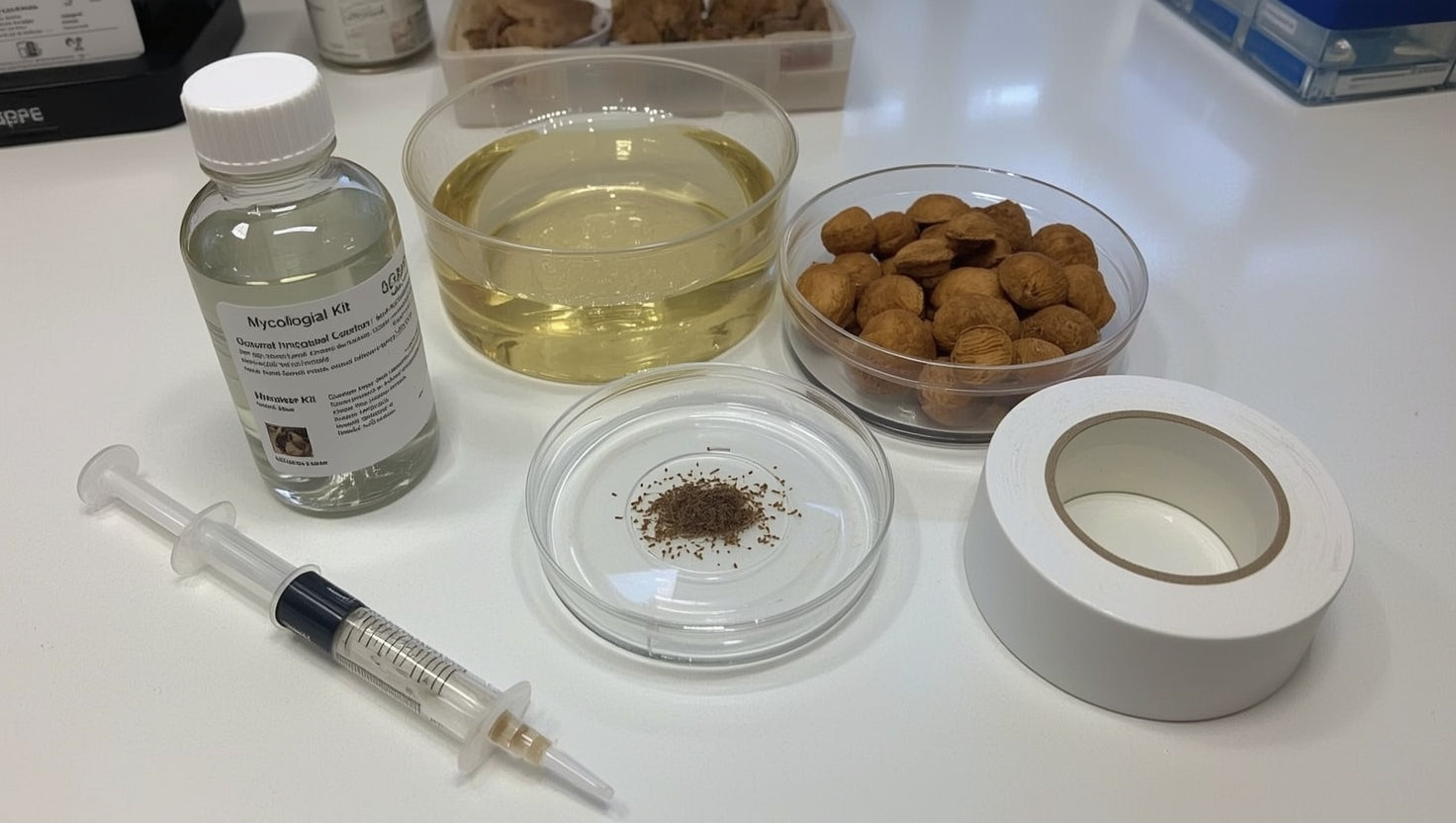
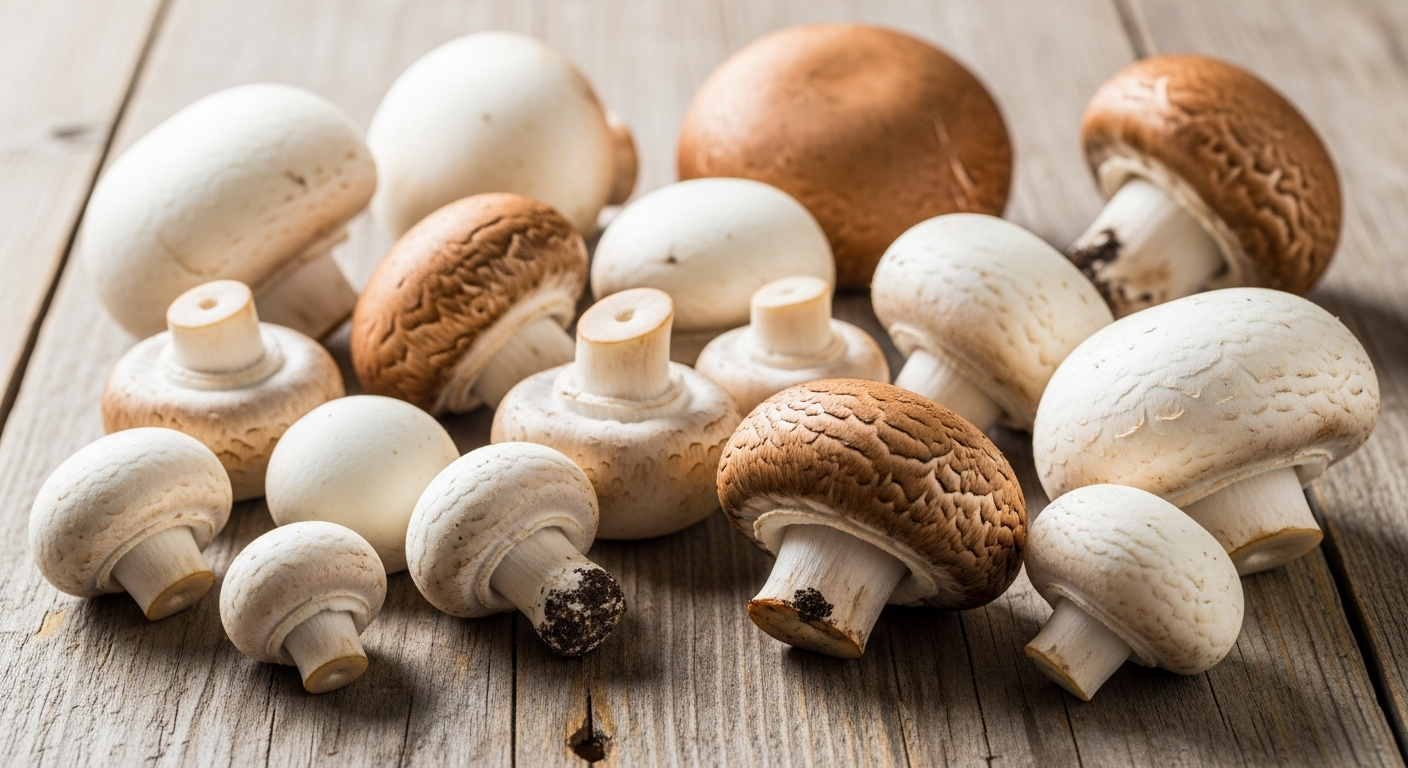
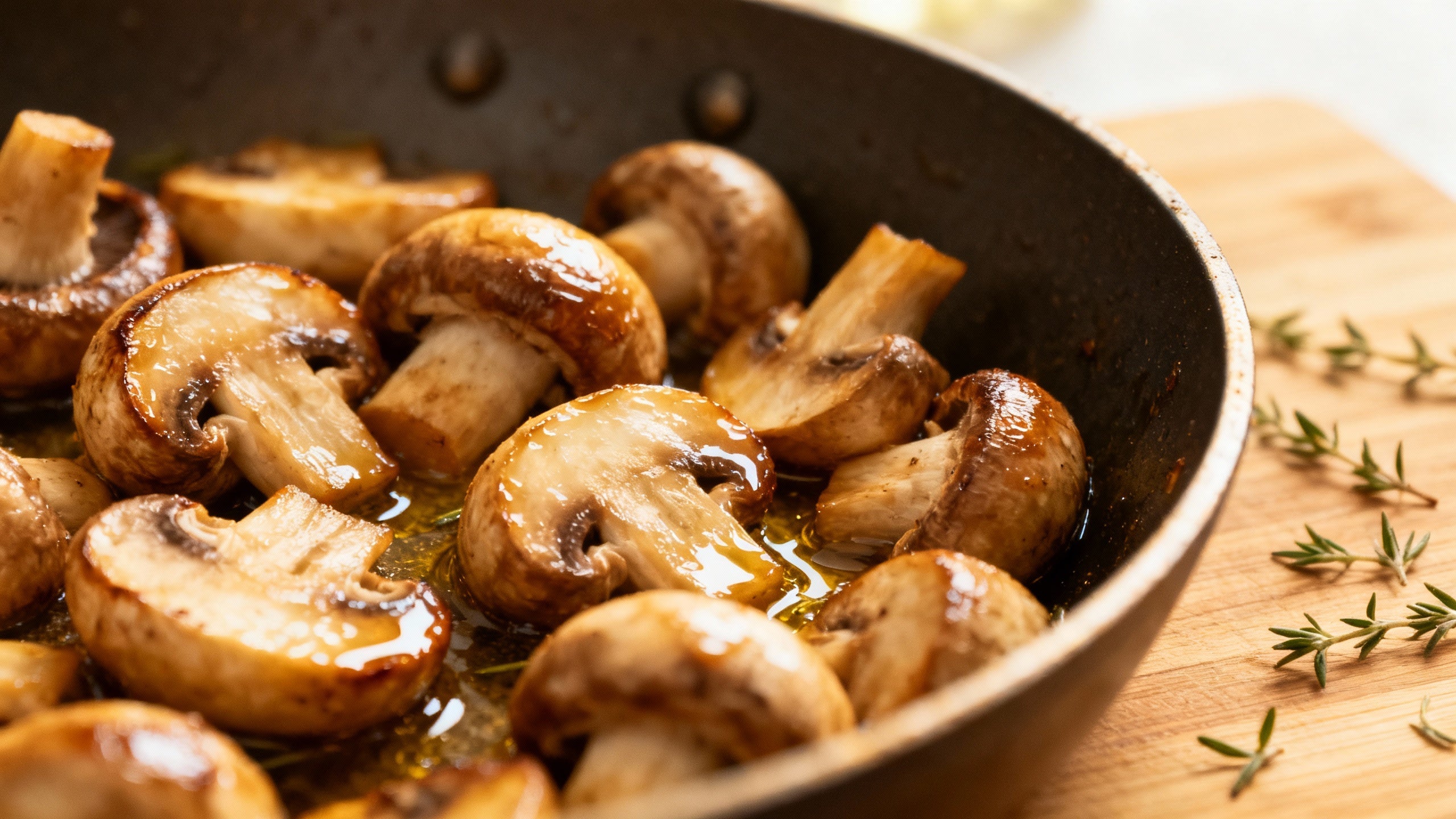
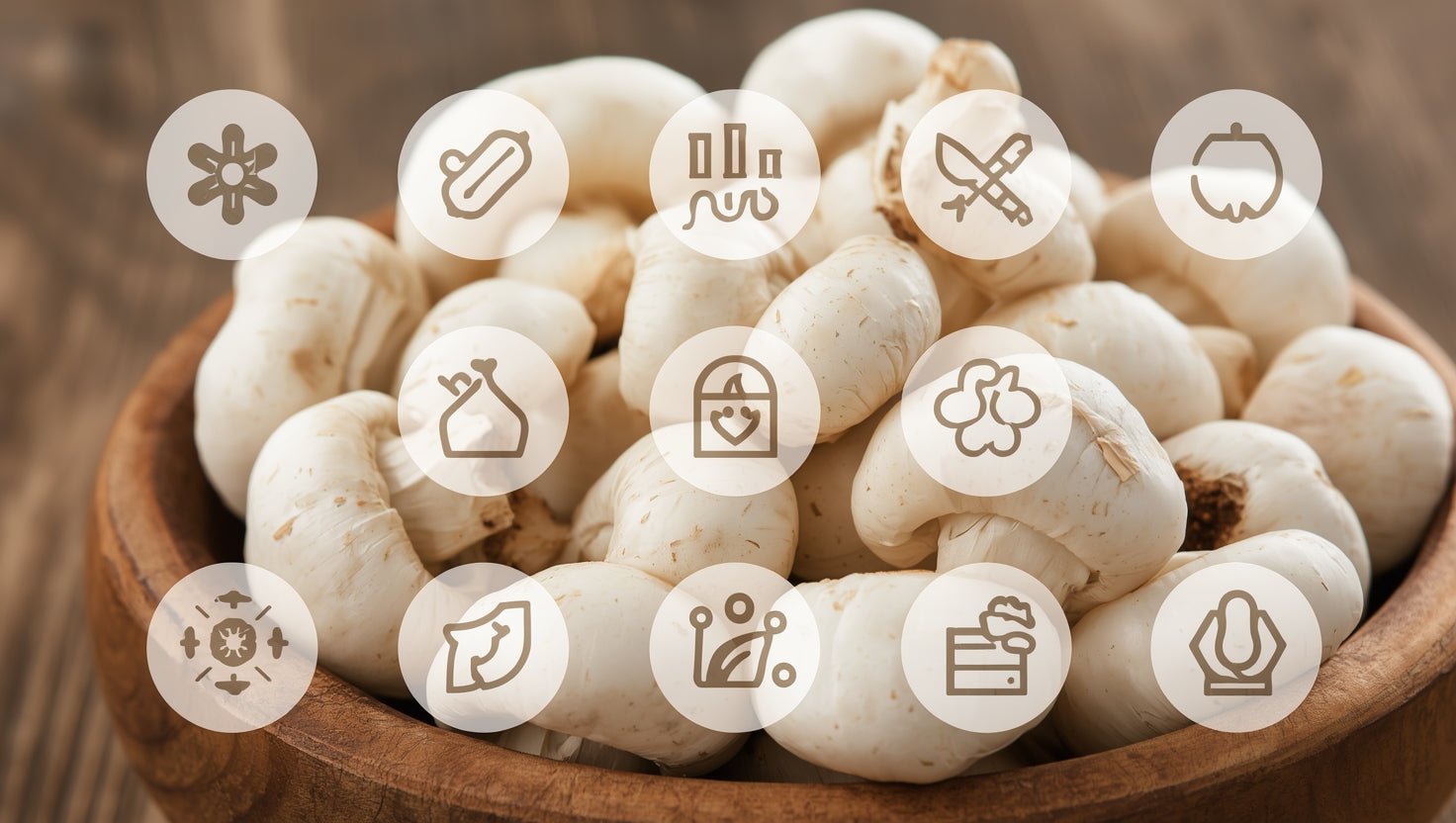
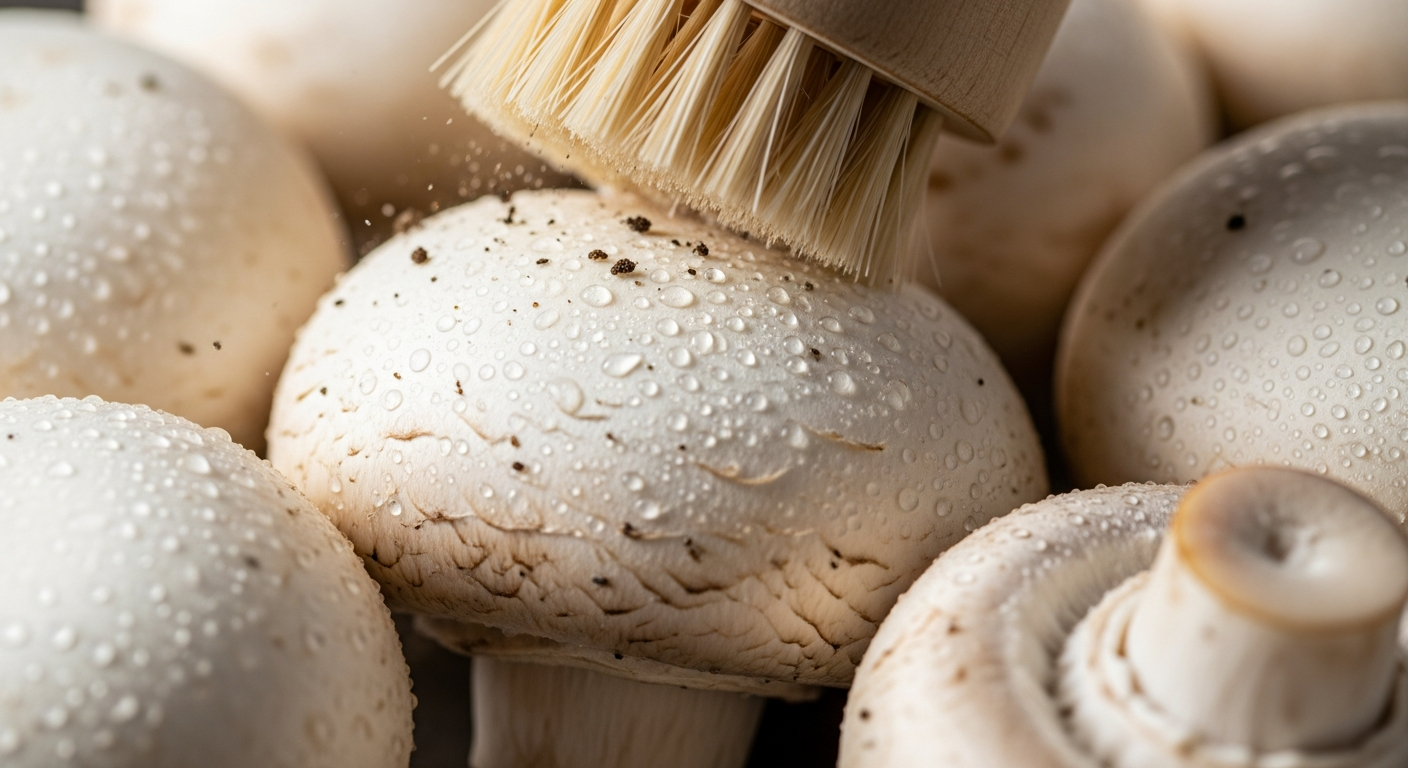
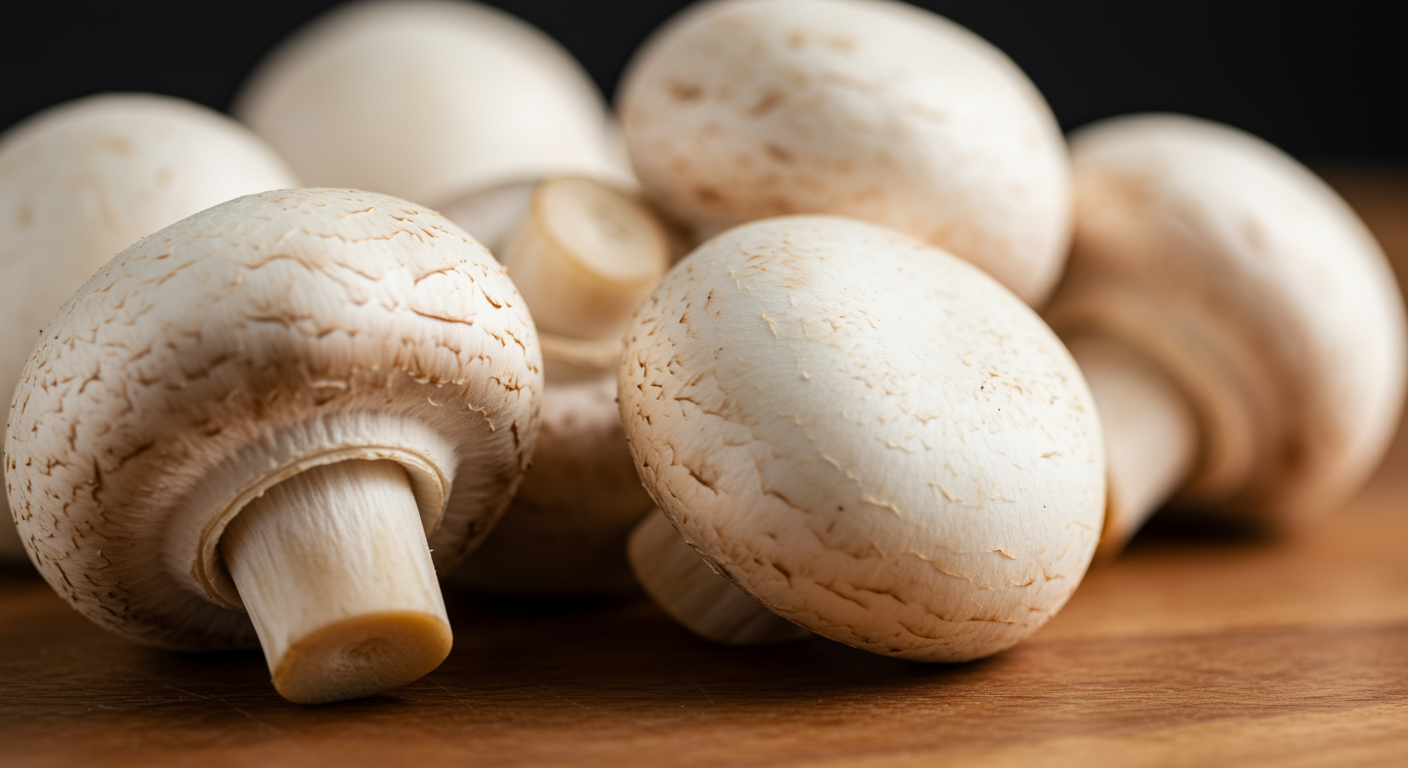
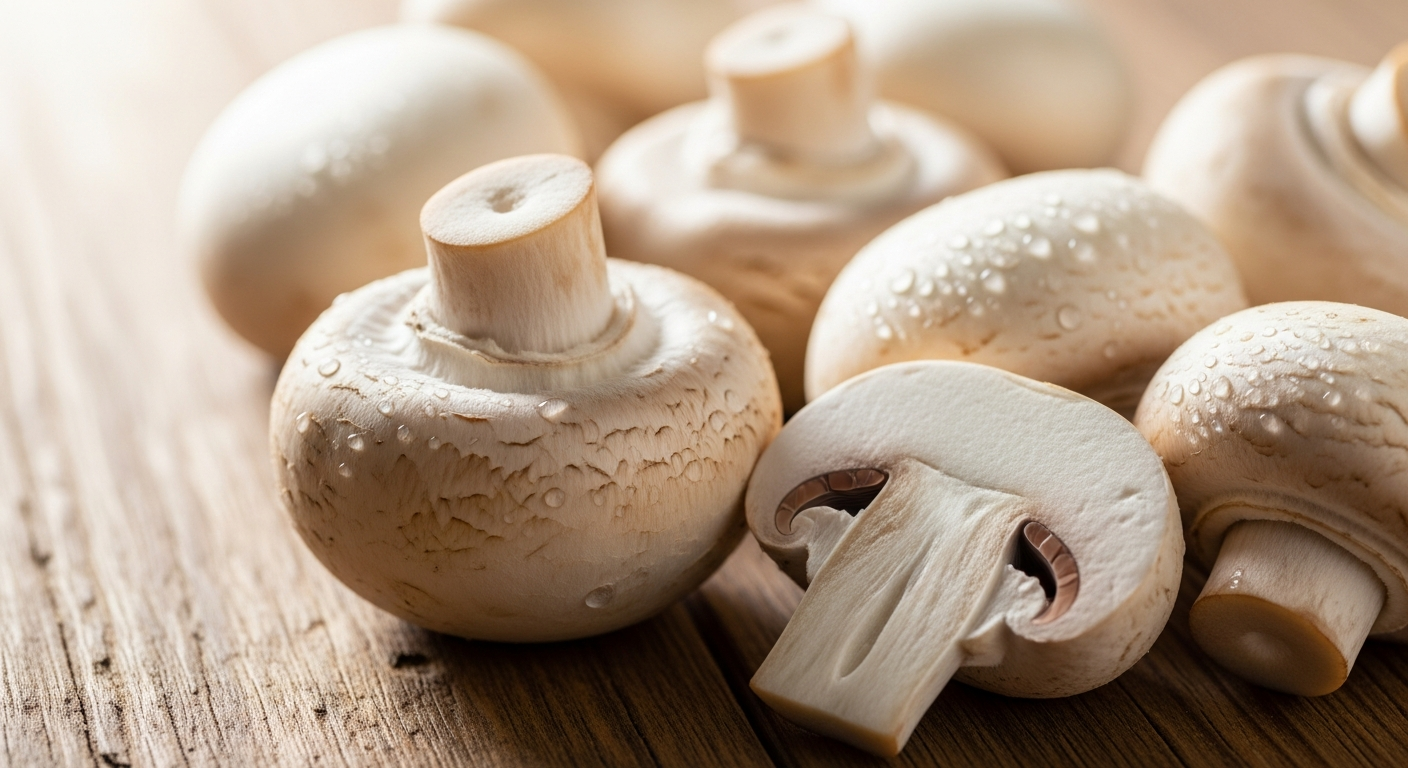
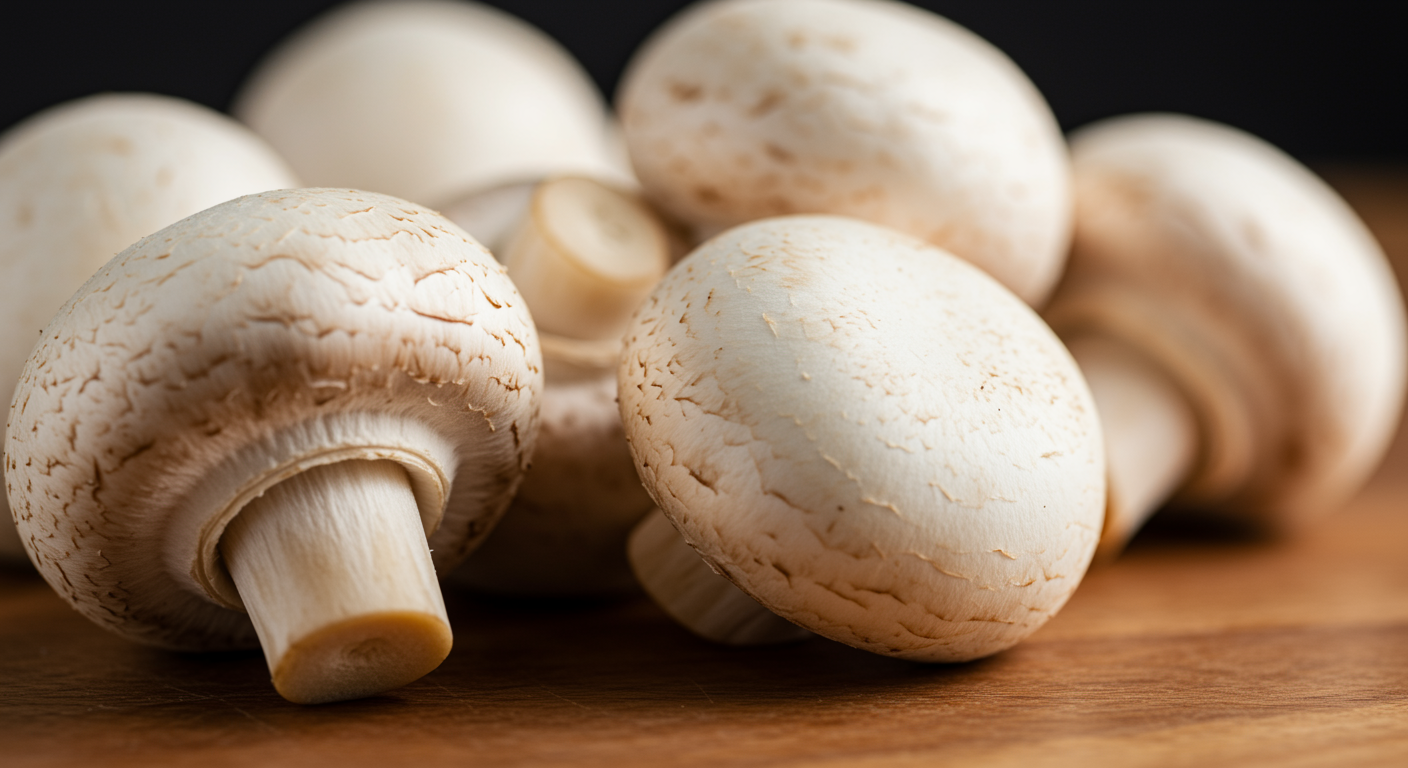
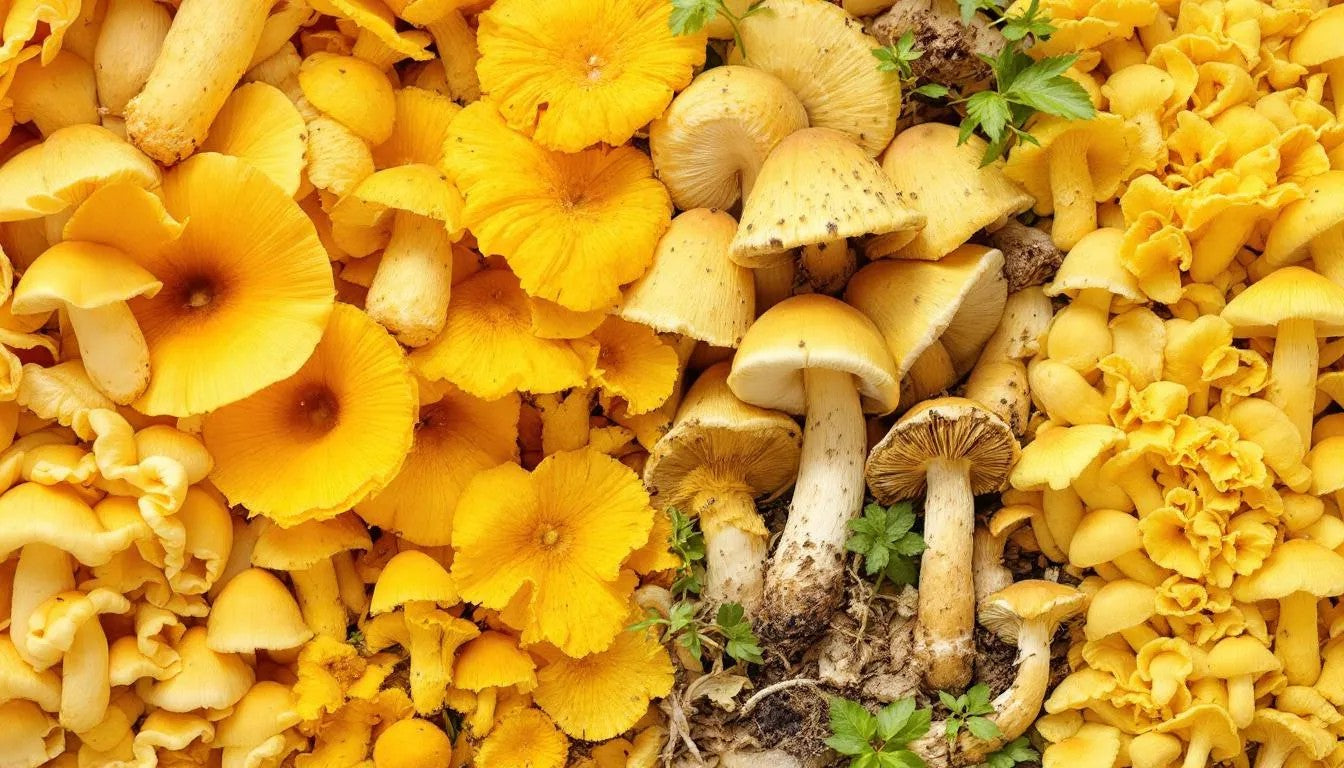

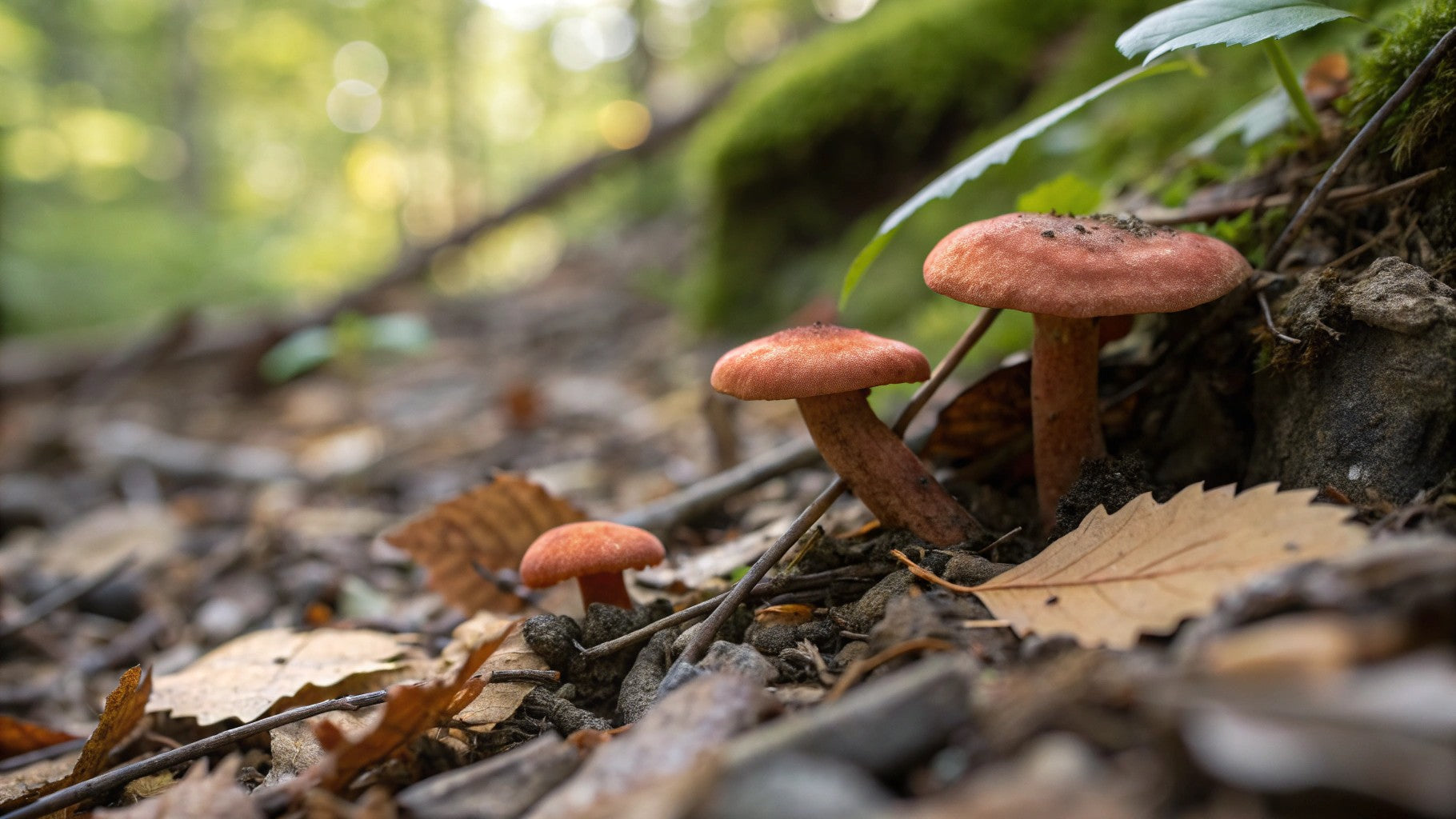
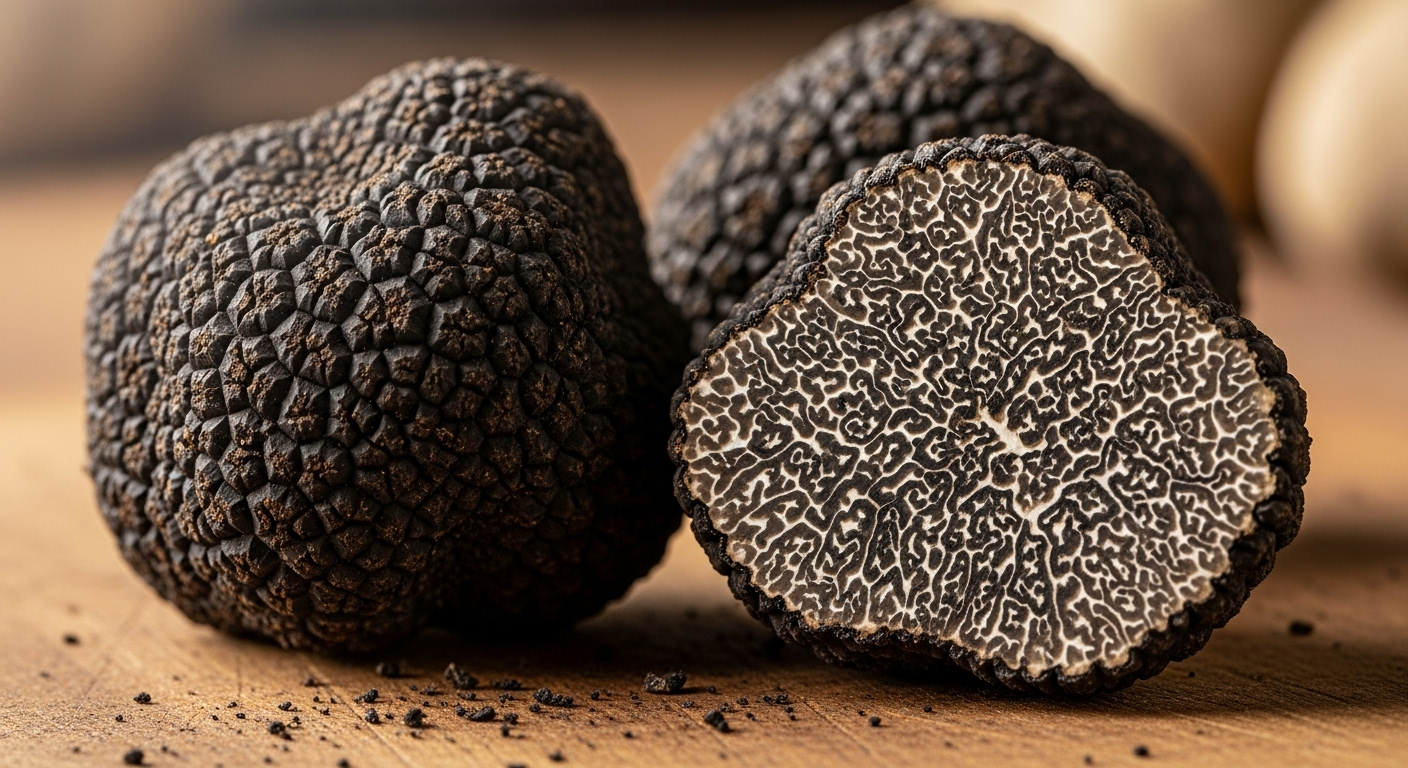
Share:
Can Dogs Eat Shiitake Mushrooms? A Vet-Reviewed Guide to Safety and Nutrition
Morel Mushroom Recipes: Savor the Best Flavors of the Season